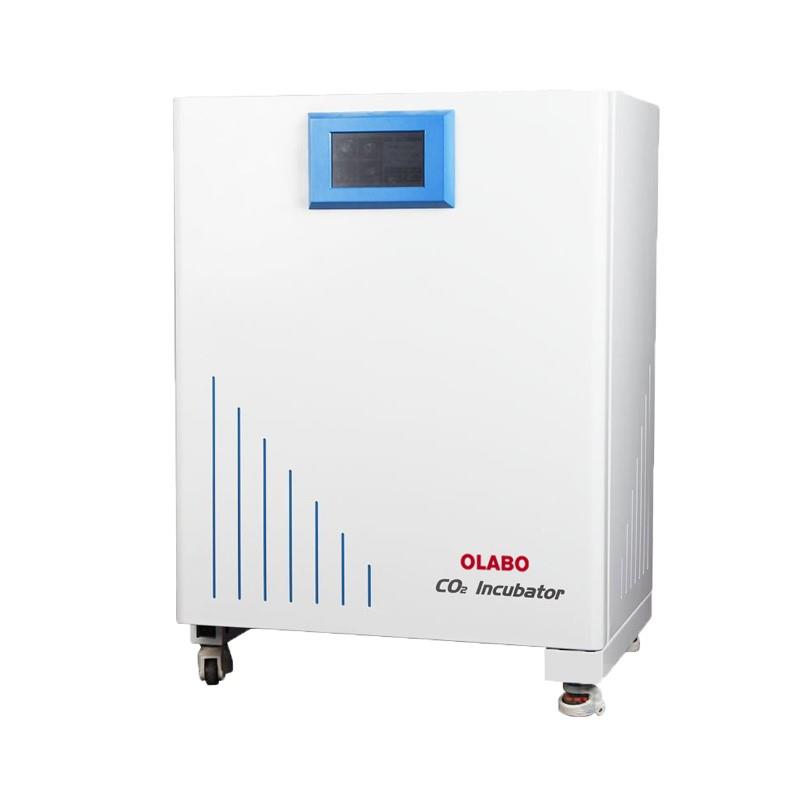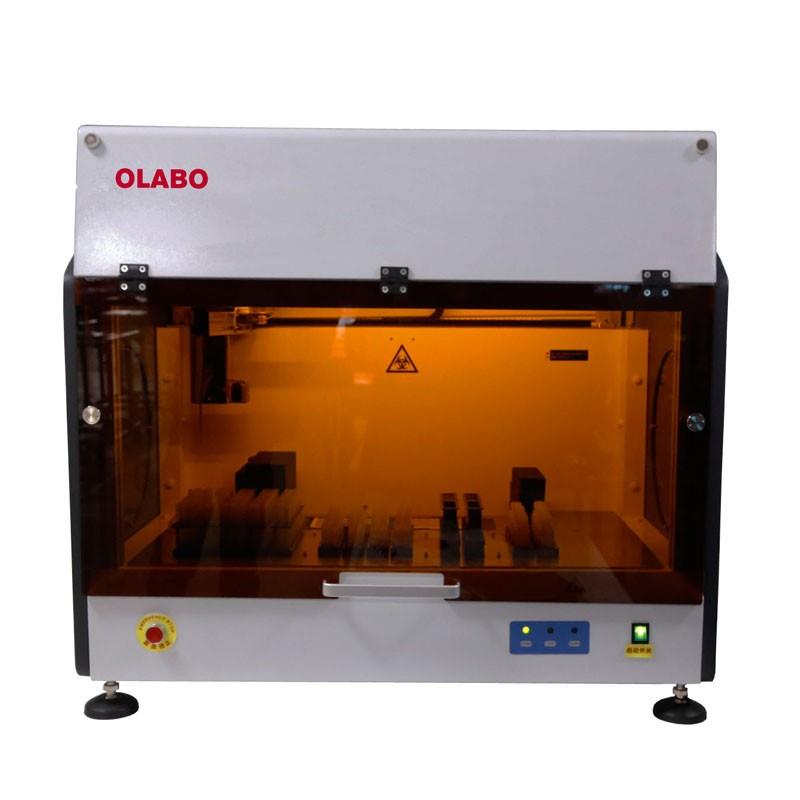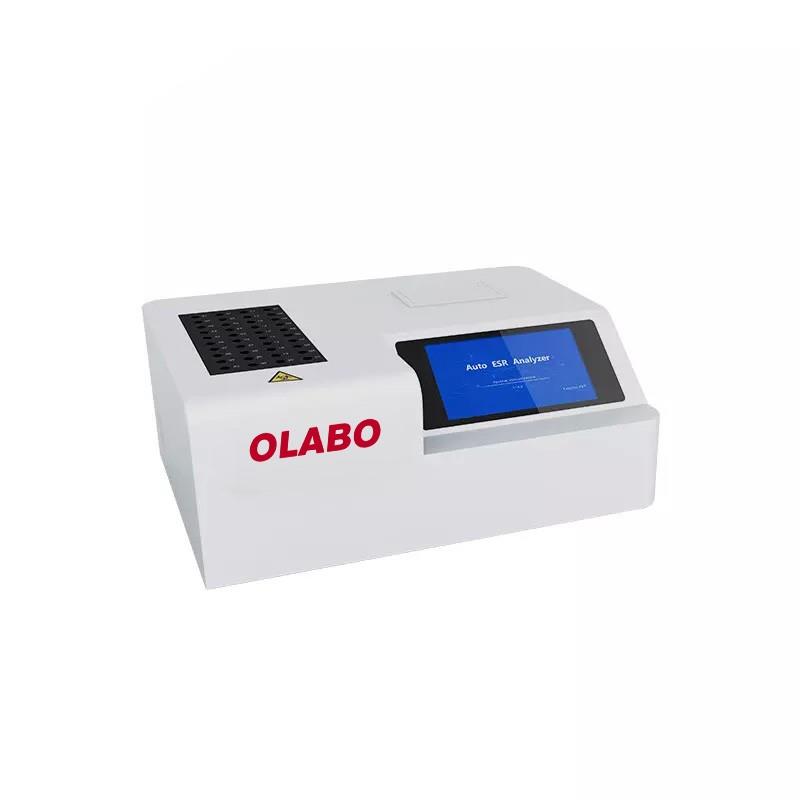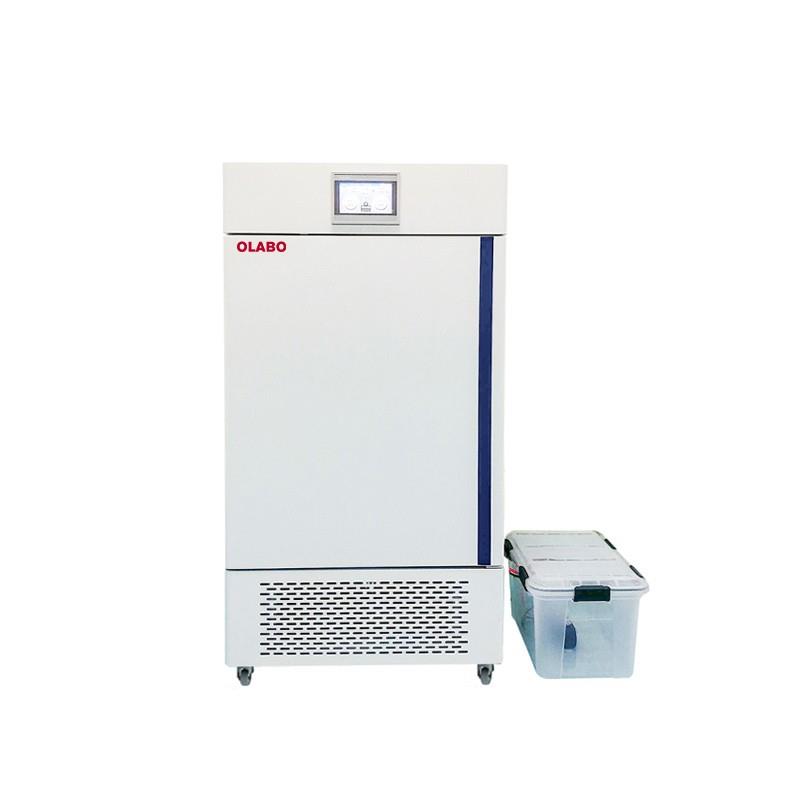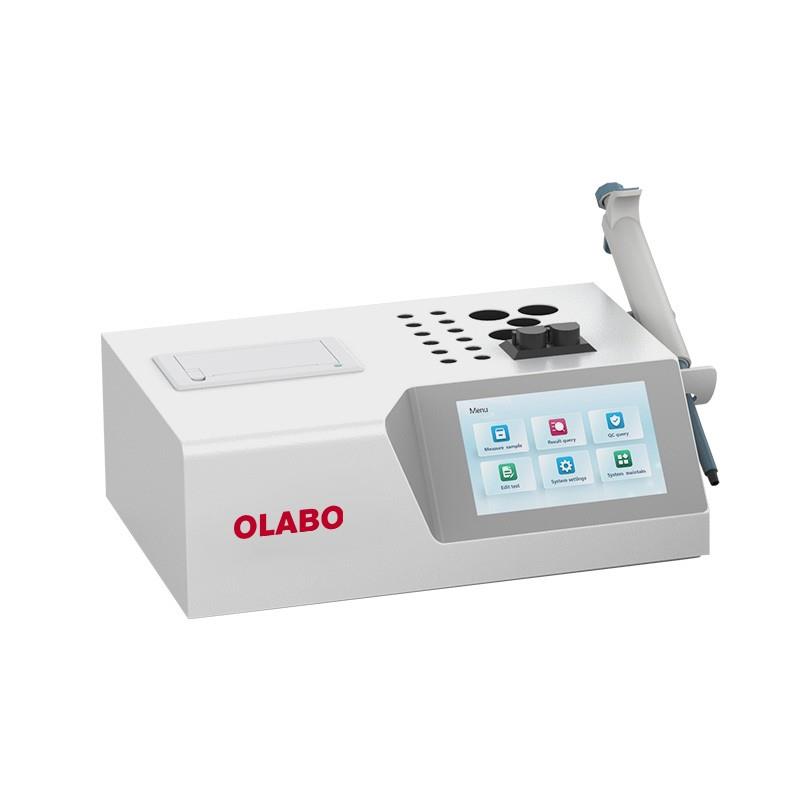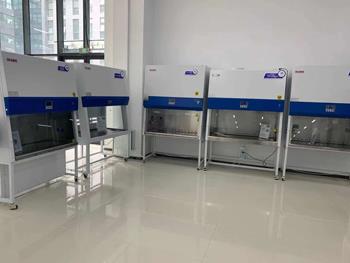
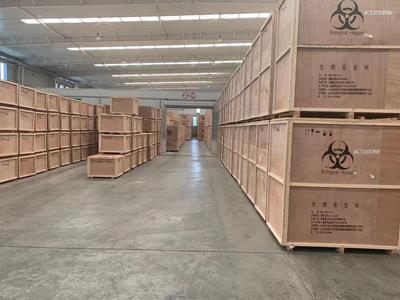
There are three types of BSCs: Class I, II, and III.
Class I
Class I cabinets provide personnel and environmental protection but no product protection. In fact, the inward flow of air can contribute to contamination of samples. Inward airflow is maintained at a minimum velocity of 75 ft/min(0.38 m/s). These BSCs are commonly used to enclose specific equipment (e.g. centrifuges) or procedures (e.g. aerating cultures) that potentially generate aerosols. BSCs of this class are either ducted (connected to the building exhaust system) or unducted (recirculating filtered exhaust back into the laboratory.
Class II
Cabinets provide both kinds of protection (of the samples and of the environment) since makeup air is also HEPA-filtered. There are five types: Type A1 (formerly A), Type A2 (formerly A/B3), Type B1, Type B2 and Type C1. Each type's requirements are defined by NSF International Standard 49, which in 2002 reclassified A/B3 cabinets (classified under the latter type if connected to an exhaust duct) as Type A2, and added the Type C1 in the 2016 standard. About 90% of all biosafety cabinets installed are Type A2 cabinets.
OLABO Class II Type A2 biosafety cabinet features
NSF certified
Great for COVID-19 specimen handling
Motorized front glass viewing window with optional foot switch
Dual HEPA filters with life indicator
UV light life indicator
Waterproof in-chamber power sockets
Large LCD display
Easy-to-clean stainless steel chamber
Special treated unit housing with anti-mold and antiseptic coating
Auto start and stop function (e.g. UV lights)
Automatic flow speed adjustment
Pneumatic front panel supports for easy maintenance
Caution! Installation requires a forklift or a crane.
Attention! Steps before and after using the unit.
Step 1: Fully close the front glass panel, turn on UV light for 30 mins (you can use the timer setting). Users should leave the room during this disinfection period.
Step 2. Raise the glass panel to recommended opening height, turn on air circulation for 10 minutes.
After operation is done, fully close the glass panel and turn on UV light for another 30 minutes for decontamination.
IMPORTANT GUIDELINES USING A BSC
No flammable and explosive substances (Building up of flammable material may cause an internal fire or explosion)
No volatile chemicals (May cause damage to HEPA filters to the point where it allows particles to leak through)
No toxic chemicals or materials (May reach room occupants)
No open flame (Will disrupts air flow patterns)
Minimal use (10mL or less) of decontaminant, such as 70% isopropyl or ethyl alcohol is allowed.
We recommend using the following for disinfecting the surfaces of a BSC, depending on the agent to be controlled: Sodium hypochlorite (bleach), Ilodophors (Wescodyne), Phenolics (Hilphene, Vespene) and Quaternary ammonium compounds (Conflikt, EndbacII)
If gaseous, vaporized or aerosolized chemicals must be generated in a BSC, you should assure yourself that the quantity being generated will NOT cause a flammable or toxic risk.
Class III
A Class III cabinet is defined as a totally enclosed, ventilated cabinet with leak-tight construction and attached rubber gloves for performing operations in the cabinet. Class III biosafety cabinets are also called glove boxes. The cabinet has a transfer chamber that allows for sterilizing materials before they leave the glove box. The cabinet is maintained under negative pressure and supply air is drawn in through HEPA filters. The exhaust air is treated with either double HEPA filtration or HEPA filtration and incineration. Class III cabinets are safe for work requiring Biosafety Level 1, 2, 3 or 4 containment.


